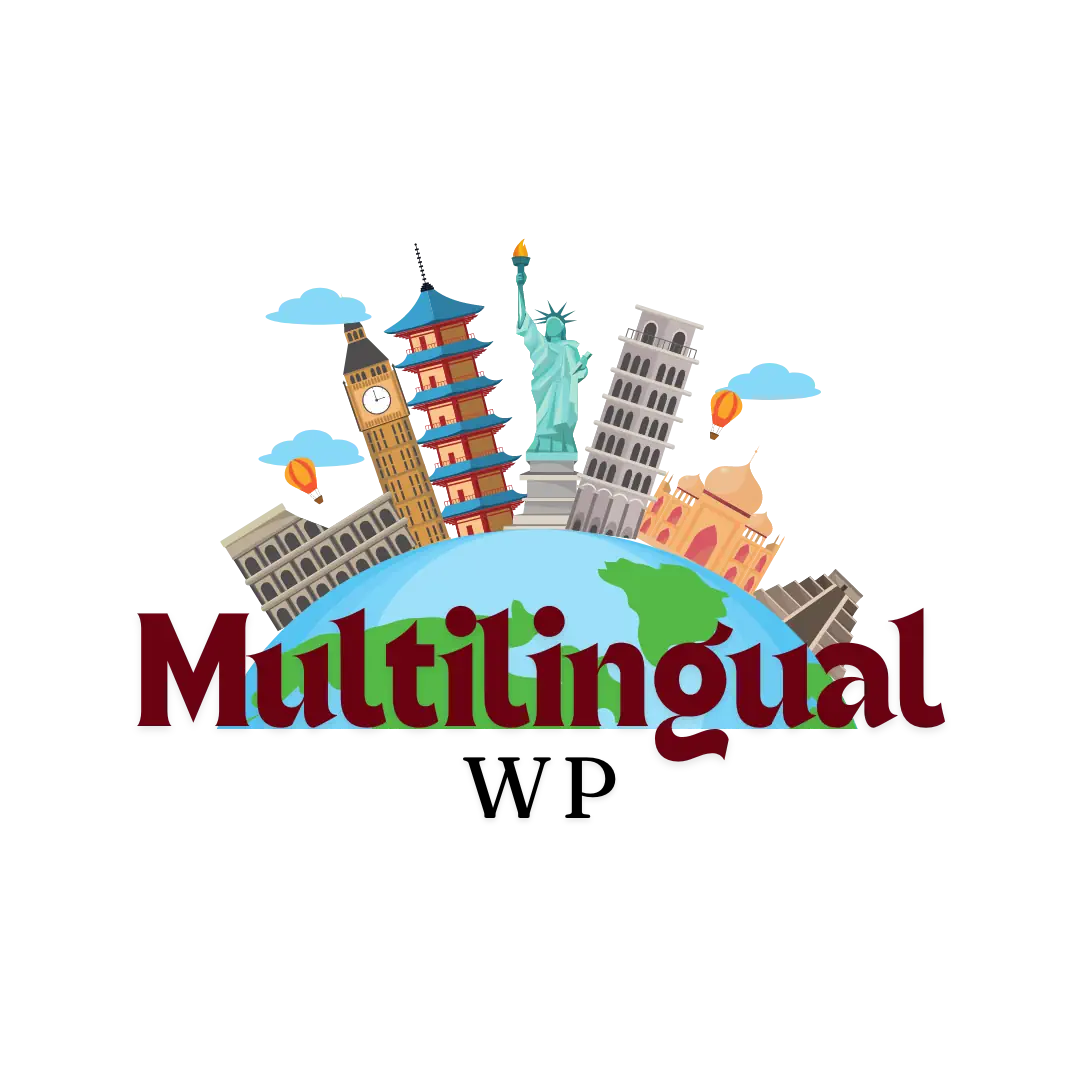Expanding your website for international audiences brings an important technical decision:
Should you use WordPress Multisite or a multilingual plugin?
Both options can create multilingual or region-specific websites, but they work very differently. Choosing the wrong approach can make your project harder to scale, maintain, or optimize for SEO.
In this comprehensive guide, you will learn:
- What WordPress Multisite is
- What multilingual plugins do
- Key differences between the two approaches
- Pros and cons of each
- When to choose Multisite vs multilingual plugins
- SEO and performance considerations
Let’s break it down step-by-step.
What Is WordPress Multisite?
WordPress Multisite allows you to run multiple connected websites from one WordPress installation. Each site can have its own content, users, themes, and plugins.
It is commonly used for:
- University departments
- Franchise businesses
- Media networks
- Country-specific corporate sites (e.g.,
.us,.fr,.de)
With Multisite, each language version is technically its own site.
Example structure:
- example.com
- fr.example.com
- de.example.com
- es.example.com
This gives you independence between languages — but also adds complexity.
What Are Multilingual WordPress Plugins?
Multilingual plugins allow one WordPress site to serve content in multiple languages. They manage translation workflows, URL variations, language switching, and sometimes machine translation.
Popular multilingual plugins include:
- WPML
- Polylang
- Weglot
- TranslatePress
- MultilingualPress (Multisite-based hybrid option)
Example URL structures:
- example.com/en/
- example.com/es/
- example.com/de/
Each page, post, and taxonomy is translated and linked to its multilingual versions.
Multisite vs Multilingual Plugins: Feature Comparison
| Feature | WordPress Multisite | Multilingual Plugins |
|---|---|---|
| Architecture | Separate sites | One site, multiple languages |
| Content Management | Each language site managed separately | Translations linked within same dashboard |
| SEO Control | Max control, separate domains per region | Good control, depending on plugin |
| Translation Workflow | Manual setup per site | Centralized translation interface |
| Themes & Plugins | Manage per site (or network-wide) | Shared across languages |
| Performance | Can scale well; heavier setup | Depends on plugin; simpler setup |
| Best for | Large enterprises, regional sites | Most multilingual content websites |
Pros & Cons of WordPress Multisite
Advantages
- Ideal for large organizations with regional autonomy
- Separate settings, plugins, and content for each language
- Can use different design, content strategy, or functionality per market
- Strong control for enterprise-level SEO
Disadvantages
- More technical setup and maintenance
- Higher hosting/server requirements
- Multiple sites = more updates & backups
- Translation management is not built-in
- Requires MultilingualPress or manual linking to manage languages
Best for:
- Global companies with independent regional teams
- Brands needing different content per country
- Websites that require different themes or plugins per region
Pros & Cons of Multilingual Plugins
Advantages
- Fast setup and easier management
- Centralized translation interface
- Plugin-based translation workflows (manual or automatic)
- Language switchers, hreflang, and URL structures built-in
- Cost-effective for most websites
Disadvantages
- Can become heavy as sites scale
- Plugin dependency
- Some plugins require premium versions for advanced SEO features
- Less independence between language versions
Best for:
- Blogs and media sites
- Business websites
- Ecommerce stores (WooCommerce translation support available)
- Organizations without separate regional teams
SEO Considerations
Global SEO matters when choosing your setup.
WordPress Multisite SEO Benefits
- Ability to use country-specific domains (
example.fr) - Independent sitemaps and metadata
- Separate site authority per region
Multilingual Plugin SEO Benefits
- hreflang tags handled automatically
- Unified domain authority
- Easy language switcher setup
- Translated metadata fields
Which is better for SEO?
- Multisite = best for country-targeted SEO and major brands
- Plugins = best for typical multilingual SEO needs
Performance and Maintenance
| Category | Multisite | Multilingual Plugin |
|---|---|---|
| Server Load | Higher with many sites | Depends on plugin and content volume |
| Backups | Entire network together | Same site backup |
| Updates | Shared core/themes/plugins | One site to maintain |
| Complexity | Higher | Lower |
For most non-enterprise sites, multilingual plugins are more efficient.
When to Use WordPress Multisite
Choose Multisite if:
- You operate in multiple countries with independent teams
- Each region needs localized content structures
- You want unique designs or plugins per country
- You require country-specific SEO and hosting
Examples:
- International retail chains
- Universities or government entities
- Enterprise corporate websites
When to Use Multilingual Plugins
Choose multilingual plugins if:
- You want a simple, centralized translation workflow
- SEO is important but you don’t need region-specific domains
- Your team manages translations centrally
- You want a scalable solution without complex infrastructure
Ideal for:
- Blogs
- Business websites
- WooCommerce stores
- Media and editorial sites
Final Recommendation
| Website Type | Best Solution |
|---|---|
| Small business, blog, WooCommerce | Multilingual Plugin |
| Multi-country corporate site | Multisite with MultilingualPress |
| Enterprise or separate regional teams | Multisite |
| Most multilingual sites | Multilingual Plugin |
Conclusion
Both options can power multilingual WordPress websites — but they serve different use cases.
- Choose Multisite for enterprise global sites with regional autonomy.
- Choose multilingual plugins for most websites wanting a streamlined, translation-friendly workflow.
Understanding your scalability, SEO, and workflow needs will determine the right choice.
